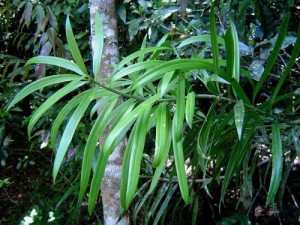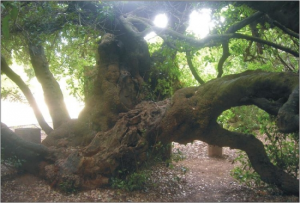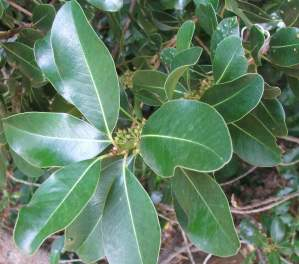Protected Trees
Although all indigenous trees are protected to some extent, the following species have been given the highest level of protection, all of which grow in this area:
In terms of the National Forests Act of 1998 forest trees or protected tree species may not be cut, disturbed, damaged, destroyed and their products may not be possessed, collected, removed, transported, exported, donated, purchased or sold – except under license granted by the Department of Forestry & Fisheries (DAFF) (or a delegated authority).
Applications for such activities should be made to the responsible official in each province. Each application is evaluated on merit (including site visits) before a decision is taken whether or not to issue a license (with or without conditions). Such decisions must be in line with national policy and guidelines.
Outeniqua Yellowwood (Kalander)(Podocarpus falcatus)
– the “big tree”. Its timber was once used for ships’ masts and is now used for furniture.
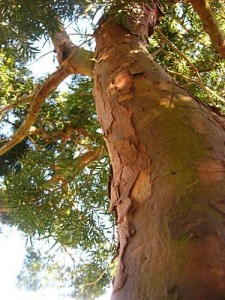
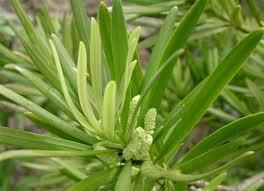
Real Yellowwood (Podocarpus latifolius)
– more popular than Kalander, it has always been sought after for beams, flooring and furniture (to tell the difference when you’re in the forest: the Kalander’s bark peels off in ragged blocks, while the real yellowwood’s peels off in narrow, vertical strips).
Milkwood (Sideroxylon inerme)
– produces a strong hard and durable timber which was formerly used in boat building. Protected because it grows in thickets which create unique micro-environments in the coastal scrub. The bark is used in traditional medicine for treating broken limbs and to dispel nightmares.
Stinkwood (Ocotea bullata)
– a hard and heavy but easily worked wood which ranges in colour from gold through brown to almost black. It is one of the most expensive and highly prized timbers in the world and has become a symbol of Cape culture.
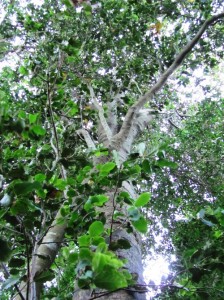
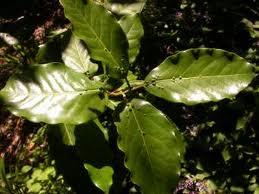
Source: South African National Parks (SANParks)
